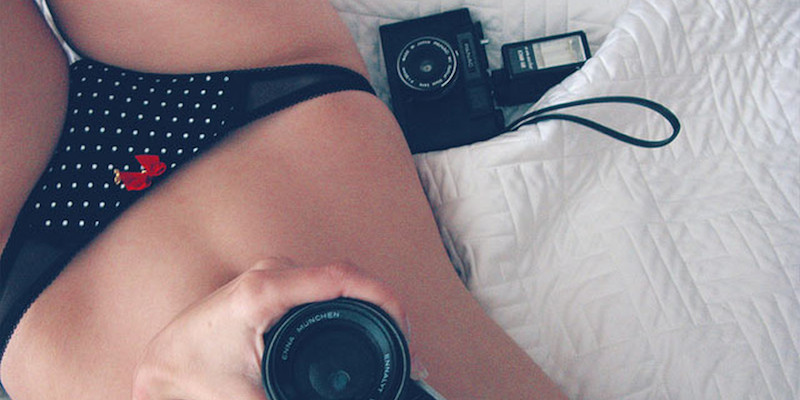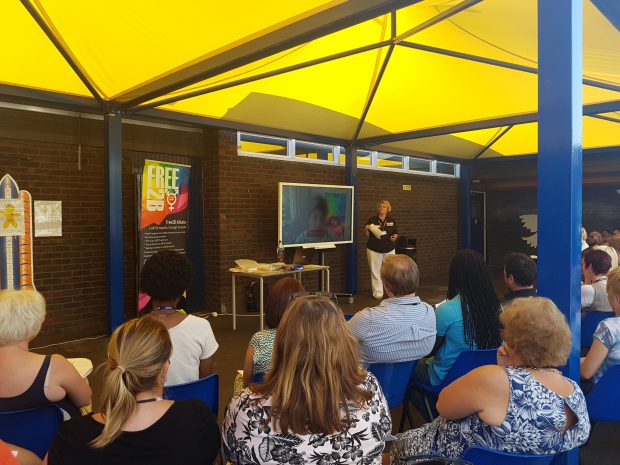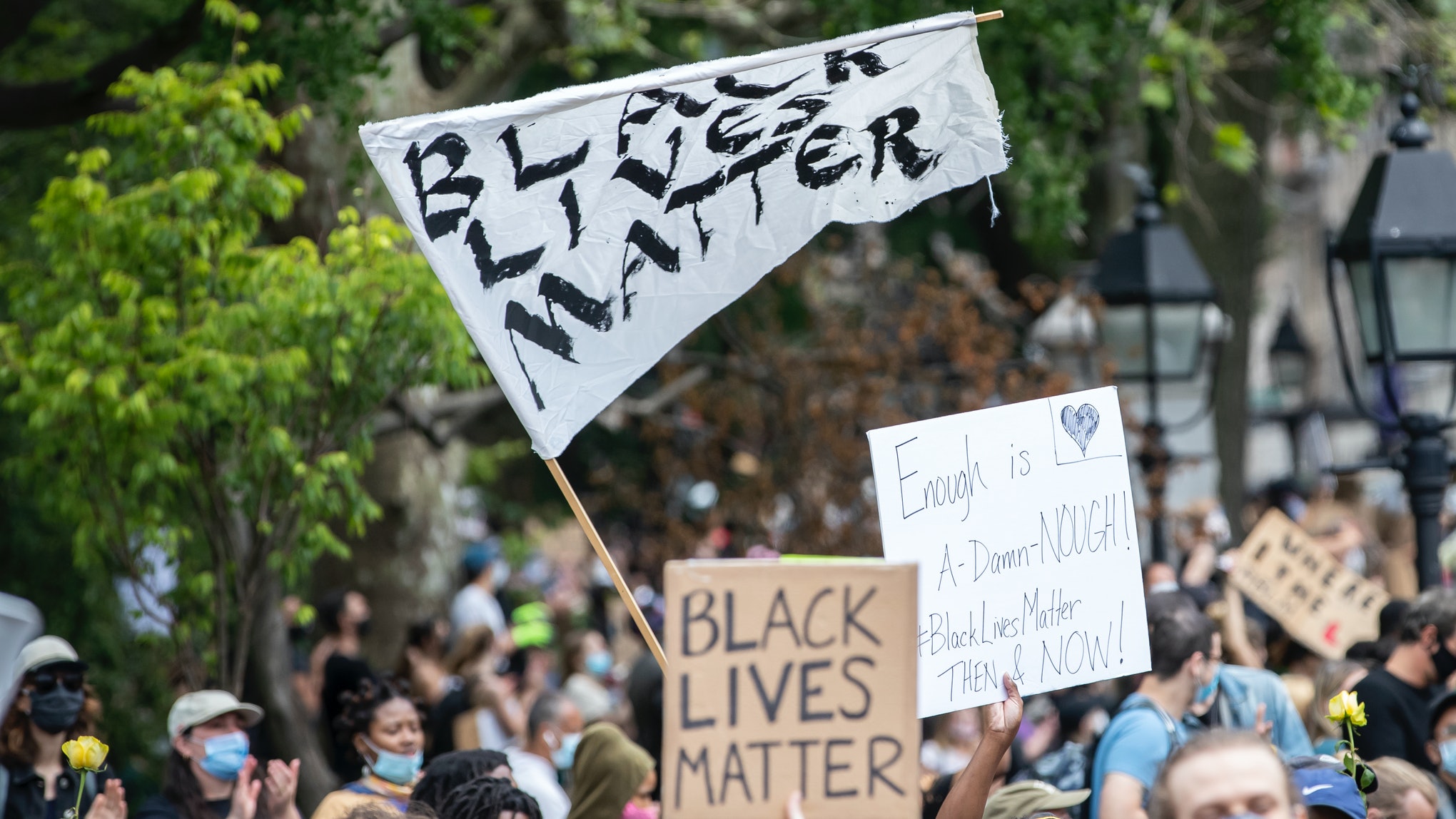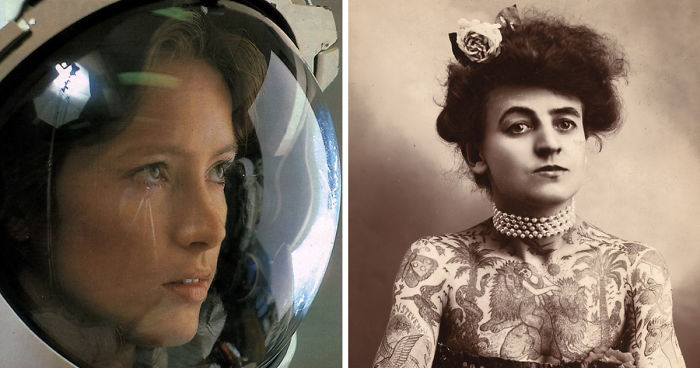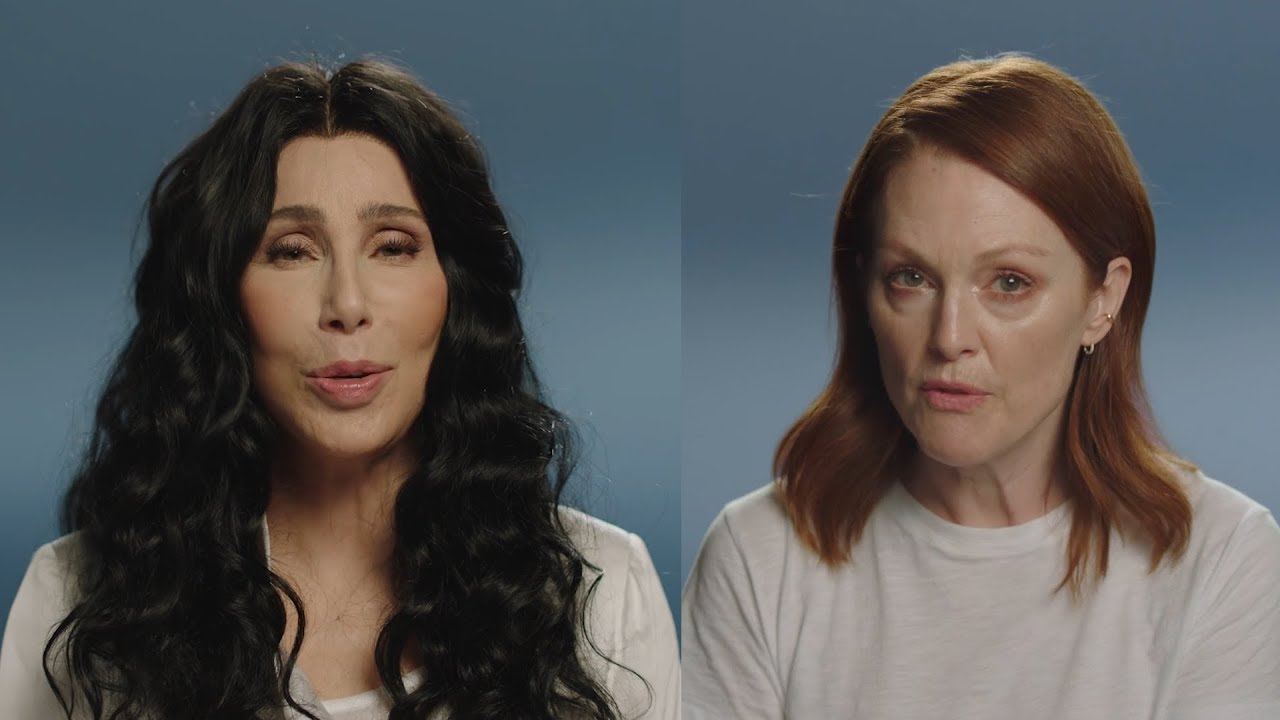Who’s Willing To Try It?
Viagra has been giving men a lift since 1998. Now there’s a pink tablet for girls: flibanserin, or “pink Viagra”.
The FDA has approved a new drug, and some are saying it’s a breakthrough for women’s sexual health. They’re calling it the female Viagra.
Flibanserin or Addyi works to increase libido in women when taken daily.
However, there could be some side-effects, especially if you consume alcohol. It could severely lower blood pressure and cause fainting. Local doctors say they’re cautiously optimistic about the drug.
Dr. Joe-La Dowdy of UP Health Systems Bell
Although we’re calling it the female viagra, it’s not the equivalent, we’re going to see a modest increase. I don’t think we should expect it be this miracle, I think it’s going to help, I think it’s a step in the right direction but I think we still have some more work to do.”
Those whose job it is to market a new drug often find it helpful to invent either a new condition, or at least a new and impressive-sounding name for an old problem. And so it is with the “discovery” of HSDD (Hypoactive Sexual Desire Disorder) in women.
The availability of a pretty pink pill must not distract us from the need to assess sexually “hypoactive” women carefully, to identify the cause and extent of their problem.
Some such disorders may indeed be helped by medication, but loss of libido can be due to a wide range of physical medical problems, such as anemia, which need to be recognized and cleared up.
Low libido can also be a side-effect of a number of other drugs, including antidepressants, which affect the levels of serotonin in the brain.
All such problems are however not physical, and a clumsy and a selfish partner, for instance, may also affect a woman’s sex drive.
Often it is the partner who needs to learn how to get her “in the mood”, instead of artificially trying get her more excited than the situation deserves.
HSDD could be used by either sex as an excuse for a suboptimal sex life, rather than tackling the real issues.
It is important that the availability of a profitable pill doesn’t discourage attention to stumbling blocks in relationships. Medicalising a problem whose causes and cures may lie elsewhere might not, in the long run, benefit women.
Two previous attempts to get the drug registered with the FDA failed because the evidence suggested only moderate effectiveness, coupled with unromantic side-effects like sleepiness, nausea, and dizziness.
In 2010, the panel considered it no more useful than a placebo (and an independent panel of experts unanimously advised that it should not be approved), and in 2013 the FDA asked for more safety data.
In a smart marketing move, the manufacturers then enlisted the support of some women’s groups, complaining of sexism in the FDA, “which has approved 25 drugs for male impotence since Viagra, but none for women”.
[interaction id=”5613a3c574a791dd4b4e82b7″]
They started an online petition “Even the Score”, with a slogan “Women have waited long enough”, which gathered an unremarkable 40,000 signatures.
Of course it would be far more dangerously sexist to rush to approve a drug for women, irrespective of whether it is truly effective and safe, but that was apparently not what was foremost on their minds.
We must, of course, not lose sight of the fact that a “female Viagra” would be a goldmine for any pharmaceutical company, and that they’d be very tempted to “push” it, regardless of any reservations.
These campaigns are full of clever exaggerations, and, in fact, the active ingredient of Viagra (phosphodiesterase-5 [PDE-5] inhibitors) does not affect sexual desire in men.
Viagra is not a treatment for low desire; it merely improves the blood flow to the penis, and hence a man’s ability to have an erection.
There have been previous failed attempts at producing sex-enhancing drugs for women.
Pfizer, who introduced Viagra, tried it in women back in 2004, but without any success. Other companies tried a testosterone skin patch and gel, again without success.
It’s also interesting that the American Psychiatric Association doesn’t list hypoactive sexual desire in its manual of significant disorders, viewing it, rather, in combination with low arousal – indicating once again that the problem with low sex drive in women may have more to do with lack of appropriate stimulation than anything medical.
How safe is flibanserin?
There are reasons for concern about potential interactions between Flibanserin and alcohol, which may lead to low blood pressure and fainting.
In August, the FDA approved the marketing and use of the drug, available under the odd name Addyi, and it has recently gone on sale in America. One hopes that the safety concerns that have been raised won’t turn out to be serious, as this is one of the first cases where a drug has been approved due in significant part to a powerfully funded PR campaign.
HSDD in women is a complicated issue. The basic problem is that sexual desire has been lost, impacting on the relationship. Diagnosing HSDD can be severely distressing, but untreated, it may continue for years. And if the cause of HSDD is physical, it is easy for both partners to mistake the biological loss of libido for a loss of love itself.
Precisely how flibanserin works is not clear. What I do know, though, is that, unlike Viagra, it works on neurotransmitters in the brain. It decreases serotonin activity, indirectly increasing available dopamine and noradrenaline, thereby reducing inhibition of libido, as well as stimulating it by other means. It shows its effects gradually over a period of up to 8 weeks.
We must hope that no unexpected harmful effects emerge. The main side-effects, as mentioned have been nausea, sedation and dizziness, and these are reduced by taking the daily dose at bedtime. Most of those experiencing benefits are able to remain on the drug as needed.
As the companies profiting from its sale gained approval by a sly PR campaign, we can expect an extensive ad campaign to sell HSDD, and to persuade women worried about libido issues to go to their doctor and discuss the matter. Already a primitive screening questionnaire on sexual desire is being promoted, though I have doubts about its accuracy and validity, as it seems likely to over-encourage the making of the diagnosis.
Although the results reported may be primarily placebo effect, patients may be satisfied and even happy with the effects. It seems likely to be effective in about half of the women taking it, so some who start may later choose to stop.
If this product is successful, it may encourage further research into understanding problems relating to female libido and better ways of treating them.
Maybe they can adopt the song from the Audrey Hepburn movie, Funny Face: “Think Pink!”
The drug is manufactured by Sprout Pharmaceuticals. It’s scheduled for release later this month.
